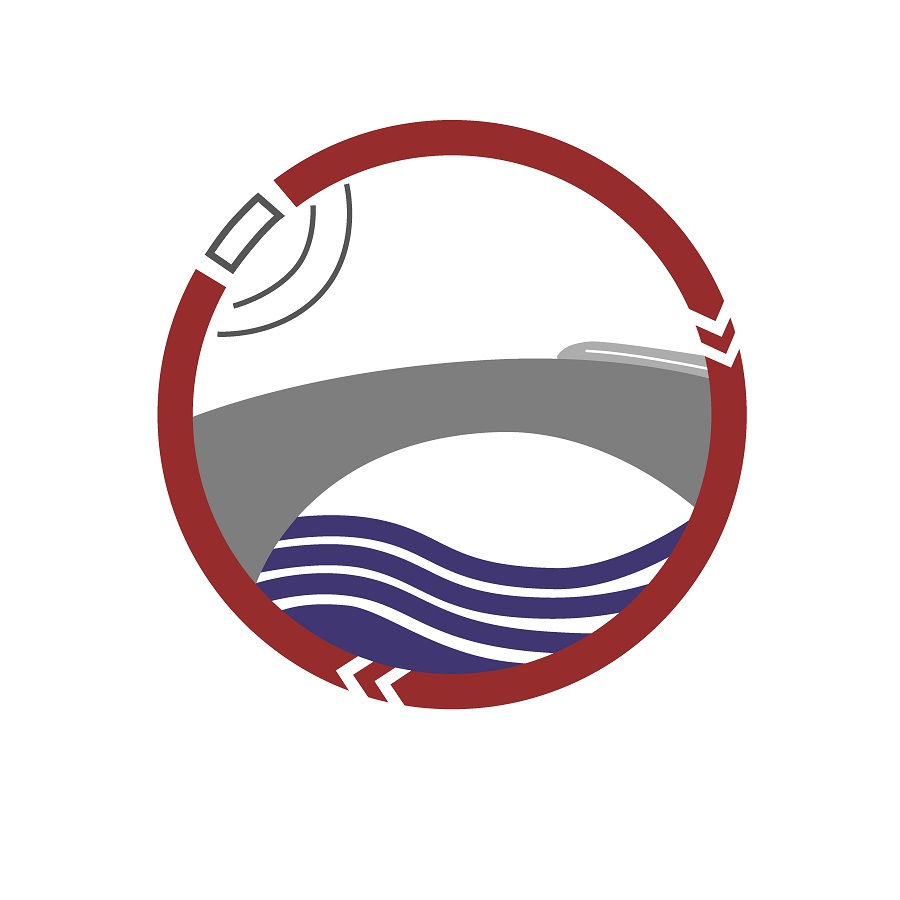| Project name | Development of consolidated and engineering applicable procedures for fatigue assessment of non-machined and machined welded joints in the LCF regime |
| Coordination | TU Darmstadt, Fachgebiet Werkstoffmechanik (IFSW) |
| Project partner |
|
| Duration | 01.04.2019 – 31.03.2022 |
| Grantor |
|
| Project content |
Welding represents one of the most important joining techniques for structures made of metallic materials. Almost all product sectors of mechanical engineering, steel and crane construction, vehicle construction, pressure vessel construction, wind energy technology, etc. use this joining technique to a considerable extent. The object of this research project is to investigate the fatigue strength of welded joints under Low Cycle Fatigue (LCF). To this end, the necessary experimental basis will first be created by means of welded butt and T-joints made of two very different materials X6CrNiTi18-10 and S960M with two different wall thicknesses/seam thicknesses (Figure 1). Based on this, computational approaches will be investigated and further developed in the project. The aim of the project is to develop improved fatigue life approaches for welded joints made of the autenitic steel material X6CrNiTi18-10 (1.4541) and the high-strength structural steel S960M for purely low cycle loading under constant amplitudes and plastic deformation and to validate them on the basis of experimental results. Here, both local, material-based approaches and simplifying correction functions for established stress-based approaches (nominal, structural, notch stress approaches) are used. With an improved prognosis capability in the purely low cycle regime, it is intended to create a basis for better prognosis of the fatigue life of structures with load spectra that lie in both the low and high cycle regime in the future. This goal helps to improve component reliability, thereby minimizing product risks in a wide range of industries and making designs more resource-efficient. Since product development in vehicle, machine and plant construction is increasingly carried out by companies in the supply chain (engineering offices, development companies), the results are particularly relevant for SMEs. |
|
|
|
Department of Civil and Environmental Engineering
Research project Development of consolidated and engineering applicable procedures for fatigue assessment of non-machined and machined welded joints in the LCF regime
Research project Development of consolidated and engineering applicable procedures for fatigue assessment of non-machined and machined welded joints in the LCF regime





